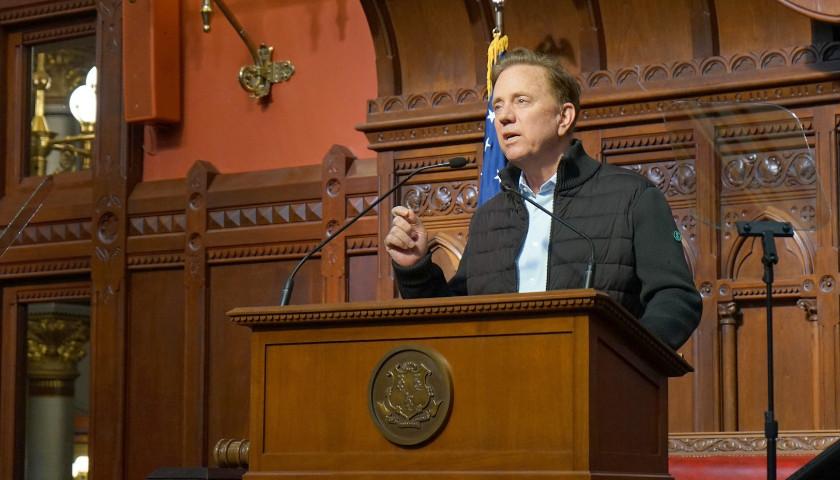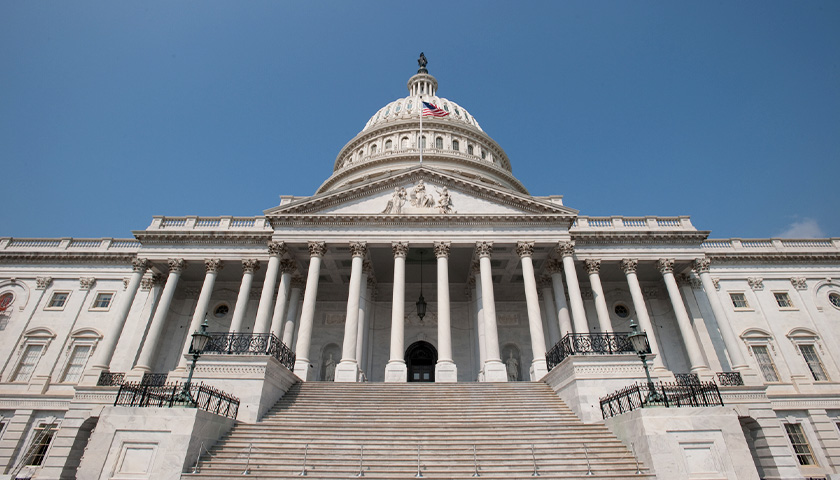by Christian Wade
Connecticut’s revenues are down about $460 million, according to a new report, which says the state’s financial outlook remains positive despite a drop in tax collections.
The consensus revenue forecast, released by the Office of Policy and Management and Office of Fiscal Analysis on Monday, shows the state is likely to close out the fiscal year more than $630 million above initial budget projections. That’s still a surplus but well below the $1.1 billion projections when the budget was approved in June.
State budget writers attributed the revised revenue estimates to a drop in personal income tax collections, down $150 million, and the pass-through entity tax, which has been revised downward by $54.7 million. The sales and use tax was also revised downward by $125 million, with collections slowing toward the end of fiscal year 2023.
Gov. Ned Lamont praised the report, saying it “demonstrates the importance of the revenue and volatility caps in giving the state a buffer from potential economic downturns.”
“Other states do not have the strong fiscal guardrails that we have in place and are seeing erosion in their general fund revenue because of their reliance on volatile revenue sources,” he said.
In 2017, Connecticut set new fiscal controls that include a spending cap that keeps budget expenditures in line with changes in personal income or inflation, whichever may be larger, and a cap on the value of bonds the state government can issue to finance school construction, renovations to public buildings, open space and other capital projects.
The fiscal “guardrails” are credited with helping Connecticut climb out of a financial hole by generating annual surpluses, building up reserves and accelerating payments on the state’s pension debt, one of the highest in the nation. In February, Lamont and legislative leaders agreed to keep them in place for at least another five years.
State Comptroller Sean Scanlon said the revenue forecast shows that the state’s fiscal guardrails “are working as intended and illustrates why we must continue them.”
“While fluctuations in revenue projections are anticipated throughout the fiscal year, Connecticut continues to be in a strong fiscal position,” he said in a statement. “Through careful planning and smart budgeting, we’ve built up our Rainy Day Fund to account for revenue volatility while also paying down historic pension debt amounts.”
In June, Lamont signed a $55 billion budget that included the state’s first personal income tax rate reduction since 1996, which the Democrat touted as the “largest” income tax cut in state history.
Overall, an estimated 1.1 million of the state’s 1.7 million tax filers would get some relief under the plan, which is projected to save taxpayers $440 million annually, officials said.
“The policies we’ve put into effect over the last several years are boosting Connecticut’s fiscal health and making our state stronger,” Lamont said.
“We remain in a position in which we are able to continue paying down legacy debt built up over the decades by previous administrations, and in just two months the largest income tax cut in state history will go into effect.”
– – –
Christian Wade is a contributor to The Center Square.
Photo “Ned Lamont” by Office of Governor Ned Lamont.





